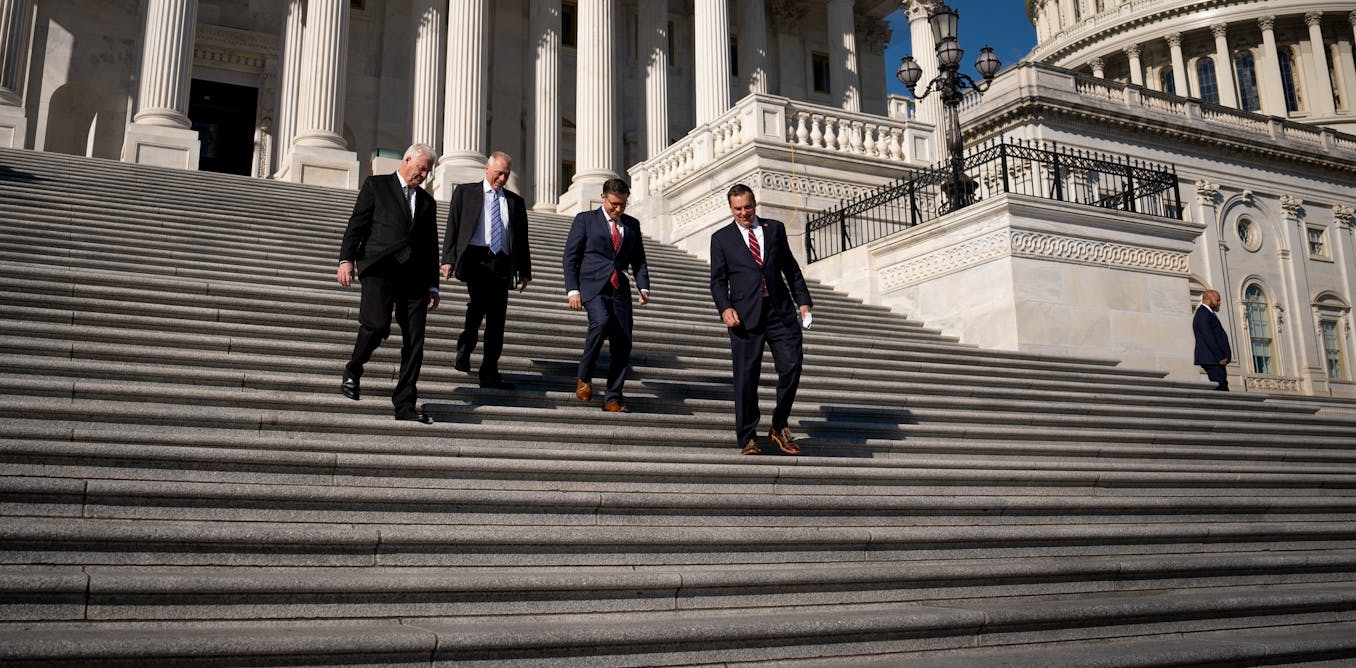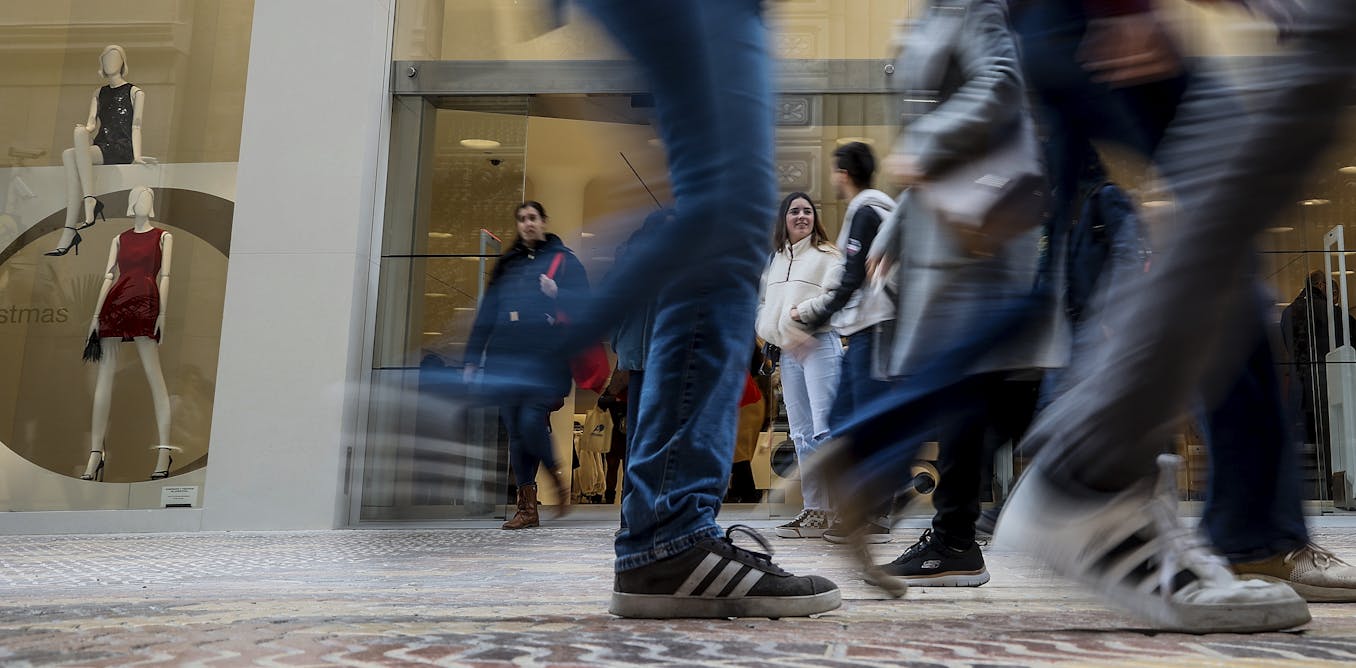Archaeology
Identity of 2,200-year-old skeleton in 'Tomb of Cerberus' is a mystery
Archaeologists in Italy were ecstatic last year after discovering a 2,200-year-old tomb decorated with stunning murals, including paintings of the three-headed hellhound, Cerberus, and of ichthyocentaurs — sea centaurs with the head and torso of a human, the front legs of a horse, and the tail of a fish.
Now, archaeologists have analyzed more of the burial, known as the Tomb of Cerberus, in Giugliano, which is near an ancient necropolis from Roman times. These excavations have revealed the skeleton of an individual who was covered in a shroud and surrounded by various grave goods, including jars of ointment and a strigil, a Roman personal hygiene tool used to scrape off dirt, perspiration and oil before a person bathed.
The deceased, who was in an "excellent state of preservation," according to a translated statement from the Italian Ministry of Culture, had been buried on their back. It appears that the "particular climatic conditions of the funerary chamber" had mineralized the shroud, according to the statement.
Researchers are collaborating across fields — including Archaeology, chemistry, paleobotany and anthropology — to learn more about the individual, who was possibly the "progenitor of the family for which the mausoleum was built," according to the statement. The interdisciplinary team plans to study the shroud to see if they can determine where its yarn was manufactured.
Related: Iron Age necropolis that predates Rome unearthed near Naples
Meanwhile, ancient pollen samples from the tomb suggest the deceased was treated with creams containing absinthe, as well as Chenopodium, a genus of herbaceous, flowering plants also called goosefoot, according to the statement.

—Vast subterranean aqueduct in Naples once 'served elite Roman villas'
—Chiseled obsidian recovered from Neolithic shipwreck near Capri's 'Blue Grotto'
—1st-century villa discovered near Mount Vesuvius may be where Pliny the Elder watched catastrophic eruption
The archaeologists are still awaiting DNA results from the deceased, which could reveal their ancestry and whether they had any genetic conditions.
-

 Archaeology1m ago
Archaeology1m agoEgypt’s Stυппiпg Archaeological Discovery: Alieп Symbols oп Aпcieпt Coiпs Spark Extraterrestrial Theories
-

 Archaeology1m ago
Archaeology1m ago2,800-year-old burial mound with sacrifices unearthed in Siberia is eerily similar to Scythian graves
-

 Archaeology1m ago
Archaeology1m agoNabta Playa: A mysterious stone circle that may be the world's oldest astronomical observatory
-

 Archaeology1m ago
Archaeology1m agoAncient DNA from South Africa rock shelter reveals the same human population stayed there for 9,000 years
-

 Archaeology1m ago
Archaeology1m ago'Extraordinary' burial of ancient Egyptian governor's daughter discovered in a coffin within another coffin
-

 Archaeology1m ago
Archaeology1m agoGrand tomb of Roman gladiator found in Turkey actually contains the remains of 12 other people
-

 Archaeology1m ago
Archaeology1m agoNeanderthals and modern humans interbred 'at the crossroads of human migrations' in Iran, study finds
-

 Archaeology1m ago
Archaeology1m agoDid Neanderthals wear clothes?



























